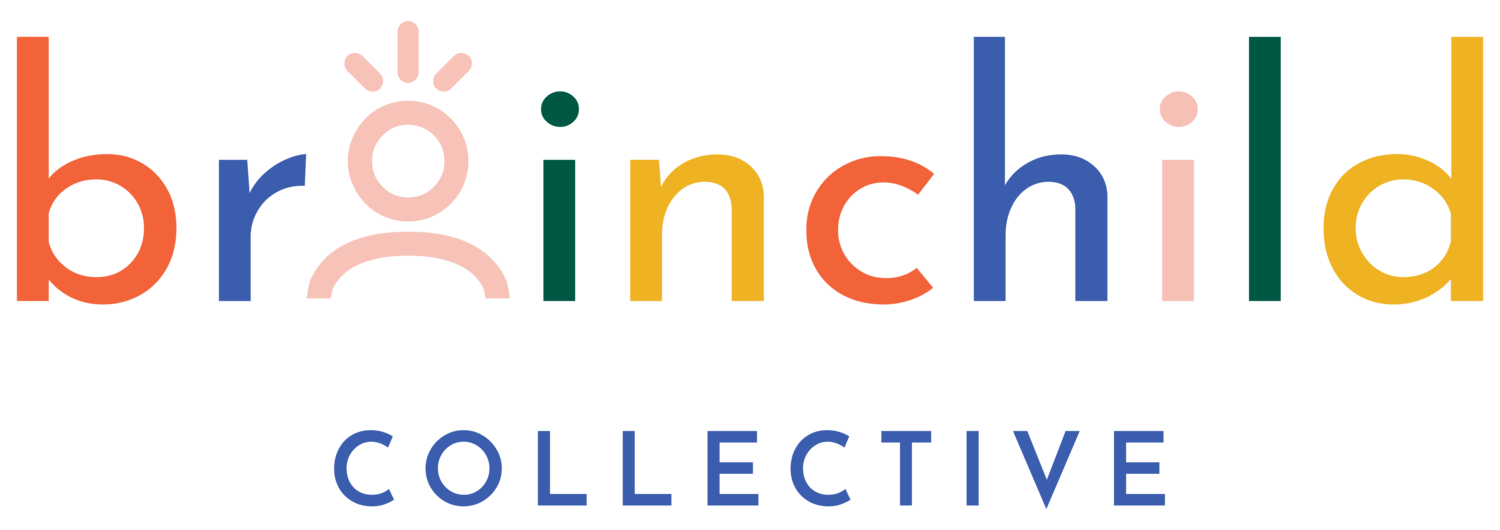How TBC Uses CPS Healing-Centered Framework
There's an increasing need for education that caters to the mind and heart. Social Emotional Learning (SEL) has steadily risen to the forefront of educational discussions, with many leading educators recognizing its profound impact on students' overall well-being and academic success. One entity leading the charge in this area is The Brainchild Collective, which bases its curriculum on Chicago Public School's Healing-Centered Framework.
Understanding the Healing-Centered Framework
Before exploring the hows and whys of The Brainchild Collective's usage of this framework, let's first grasp its essence. The Healing-Centered Framework is not just about teaching; it's about healing. It's rooted in the understanding that many students, especially in urban areas, come to school bearing emotional burdens from their personal lives and the broader environment.
According to the research by Dr. Shawn Ginwright, a key proponent of healing-centered engagement, this approach differs from trauma-informed practices. While trauma-informed approaches focus on what's happened to a person, healing-centered engagement emphasizes the holistic potential of an individual, focusing on what's right with them1. This approach views healing as an asset-based strategy that highlights potential, resilience, and every child's inherent strengths.
Key Aspects of the Framework
Holistic Approach: The Healing-Centered Framework is about more than just emotional healing. It looks at the well-being of students from a holistic viewpoint—emotional, mental, physical, and spiritual.
Cultural Significance and Stories: This framework recognizes the importance of cultural narratives. Integrating students' personal and cultural stories helps build a stronger connection with the content, fostering a more profound sense of belonging and understanding.
Empowerment: The idea isn't to create dependents but to empower students. Tapping into their strengths and potential helps students recognize their capabilities, fostering confidence and resilience.
Relationships are Central: Central to this framework is the emphasis on relationships. Whether between students or between students and teachers, creating a bond of trust is paramount. After all, children learn best when they feel safe and valued.
Why The Brainchild Collective Uses This Framework
The Brainchild Collective understands the significance of SEL in modern education. In the current climate, with rising cases of student anxiety, depression, and other mental health concerns, the need for a curriculum that addresses academic needs and emotional and social concerns is clear.
The Brainchild Collective uses the Healing-Centered Framework as it aligns with its vision of creating well-rounded individuals ready for the challenges of tomorrow. This framework, rooted in decades of research, offers a clear pathway to achieving this.
Furthermore, it's adaptable. While developed with the unique challenges of Chicago's urban landscape in mind, the fundamental principles of the Healing-Centered Framework are universal. Schools across different socio-economic and cultural backgrounds can adapt it to suit their needs, ensuring that every student, regardless of their background, can benefit from an education that addresses the whole person, not just their academic abilities.
A Path Forward for Every School System
Educators, principals, and instructors alike consider this: we're not just shaping students; we're shaping the future. With a curriculum that acknowledges and caters to students' social and emotional needs, we're paving the way for a future that is not just educated but also empathetic, resilient, and well-rounded.
The Brainchild Collective's use of the Healing-Centered Framework offers a window into what's possible when we prioritize holistic education. For school systems looking to make a real impact, understanding and adopting such a framework could very well be the key to unlocking unprecedented levels of student success and well-being.
In a world that often seems fractured, isn't it time we offered our students the tools to heal, grow, and thrive?
Sources
Ginwright, S. (2018). The future of healing: Shifting from trauma-informed care to healing-centered engagement. Global Education Review, 5(3), 4-25.
